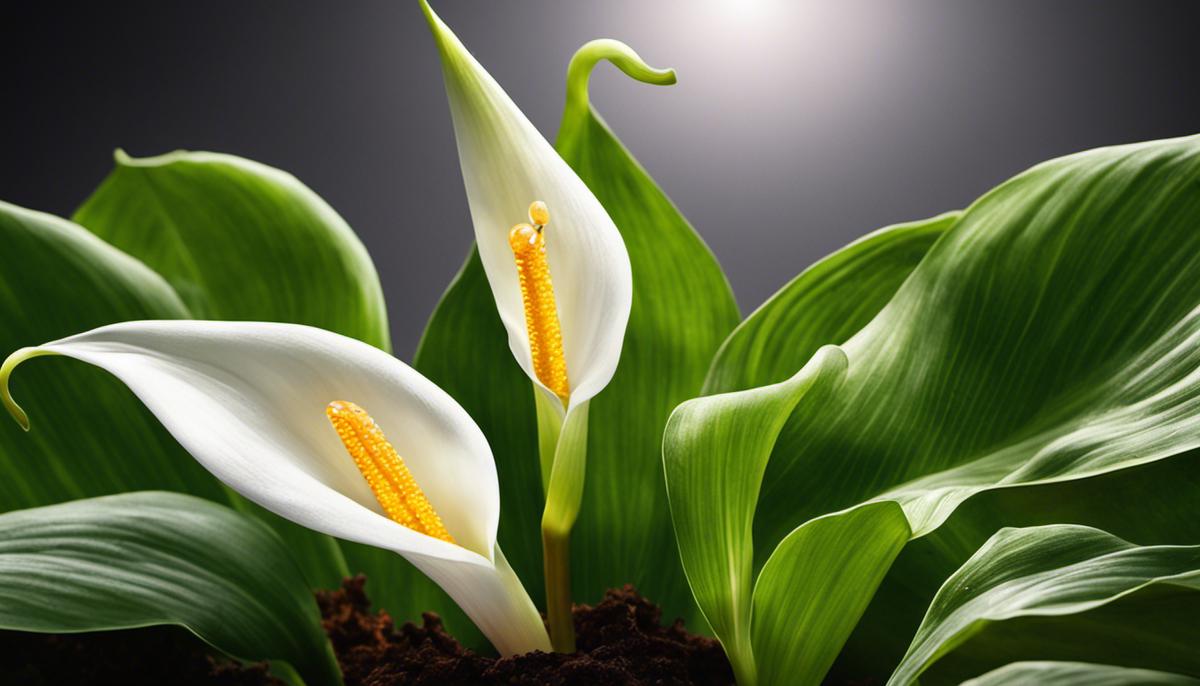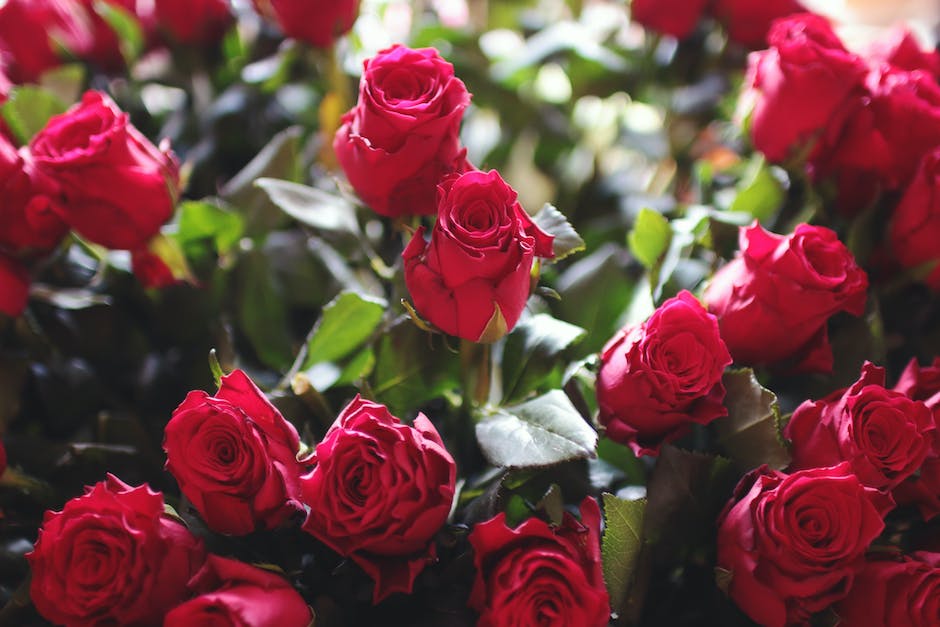Mastering Calla Lily Care: A Simple Guide

Favored for their refined beauty, Calla Lilies are exquisite gems that grace homes and gardens with their stunning elegance. As vibrant as nature can be, these beauties are much more than bright blooms; they have unique environmental, soil, and watering needs that foster their vivid display. This comprehensive guide aims to illuminate the fundamental aspects of Calla Lily care, from providing the optimal amounts of light, temperature, and humidity, to ensuring the proper watering and soil conditions. Gaining a better understanding of these needs is the first step towards maintaining healthy and thriving Calla Lilies that gleam with vigor and vitality.
Understanding Calla Lily’s Environmental Needs
Getting lost in the beauty of Calla Lilies is a joy that every flower enthusiast understands. They’re not just stunning, but they are also a wonderfully rewarding plant to cultivate. However, to keep them at their vibrant best, these beauties require specific environmental conditions.
Calla Lilies, scientifically known as Zantedeschia aethiopica, are native to the marshy regions of southern Africa. Thus, it’s no surprise that they thrive best in conditions that mimic their natural habitats.
Let’s dive straight into the optimal conditions needed to cultivate these African gems.
Climate is one of the most defining factors when it comes to growing healthy Calla Lilies. They are perennials that flourish in USDA hardiness zones 8-10. It’s the warm temperatures in these zones that charm these flowers. While they can tolerate temperatures as low as 25°F (-3°C), Calla Lilies essentially thrive in a range of 70°F – 75°F (21°C – 24°C). Exceedingly high temperatures can cause the plant to wilt and wither.
Lighting is another critical factor to consider. Calla Lilies need full sun or partial shade to attain their vibrant hues. However, in regions with particularly intense afternoon sun, it’s best to provide some shade, or else the leaves may become scorched.
When it comes to soil, Calla Lilies love moisture-retentive, well-draining soil. They loathe parched conditions, but soggy soil is equally hostile. The soil should be organically rich with a pH balance of about 6.0 – 6.5. Furthermore, it should be fertile and capable of holding adequate moisture without waterlogging the roots.
Watering these flowers properly is also key to their survival. Since they’re native to marshlands, they appreciate more water than your average garden plant. Water Calla Lilies thoroughly, ensuring the soil is properly saturated but not waterlogged. Drying out between watering is something they despise, hence maintaining constant moisture is crucial.
For those growing Calla Lilies indoors, it’s advisable to provide high humidity levels. Placing their pots on a tray of moist pebbles can do the trick. It’s also worthy to note that these plants are susceptible to fungal infections, hence the need to maintain good air circulation.
Finally, let’s touch base with fertilization. Calla Lilies are heavy feeders and need lots of nutrients to bloom their best. Apply a high phosphorous, low nitrogen fertilizer during the growing season to keep them in their optimal shape.
That’s it – understanding and providing these optimal conditions is the secret sauce to growing breathtaking Calla Lilies. These guidelines take you a step closer to transforming any space into a vibrant, lush paradise filled with the elegance of Calla Lilies.

Proper Watering and Soil Preparation
Watering Calla Lilies: Timing and Soil Enhancement Techniques
The unrivaled beauty of Calla Lilies, with their trumpet-shaped flowers and lush foliage, captures the hearts of many gardening enthusiasts. Knowing the perfect watering schedule and soil type is key for these lilies to flourish.
Calla Lilies require consistent watering to maintain their blooming splendor. In general, these exquisite plants appreciate a good drink every week. While every plant has unique needs based on its environment, a golden rule of thumb is to water Calla Lilies once a week, providing thorough watering until the soil is saturated. Be cautious, however, they are not water lilies and don’t desire constant saturation; overwatering could lead to water-logged roots and potentially ruin a healthy plant.
It’s essential to allow adequate drying time between waterings. The top inch or two of soil should become slightly dry to touch before the next watering. While maintaining this watering cycle, also keep a weather eye on the lily’s leaves. If they wilt, even after watering, scale back slightly on your watering frequency. Inversely, brown leaf tips can indicate underwatering.
The right type of soil plays a significant role in Calla Lily cultivation. They thrive in rich, well-draining soil that can hold moisture without becoming waterlogged. Integrating organic matter or compost into the garden or potting soil can greatly enhance its nutritive value and improve its ability to retain water.
If you’re developing an indoor Calla Lily plant and have decided on a pot-based approach, drainage is even more critical. Placing a layer of pebbles or small stones at the bottom of the pot can aid drainage and prevent water from soaking the roots. Potted lilies appreciate a light, loamy soil mix, as this type of soil promotes better drainage and aeration for the roots.
For those growing Calla Lilies in clay-heavy soil, all is not lost. One can create a hospitable environment for these plants by amending the area with generous amounts of compost or well-decomposed manure to improve soil structure and fertility. Layering mulch on the soil surface can help retain moisture and protect the plant’s roots from fluctuations in soil temperature.
From a less experienced enthusiast to the most seasoned hobbyist, maintaining a thriving Calla Lily plant, whether indoors or in the garden, is a gratifying experience. Proper water wisdom paired with rich, well-drained soil makes for a happy, blooming lily. The continual joy of watching your Calla Lilies prosper and bloom is well worth the attentive care they require. Happy gardening!

Pest and Disease Diagnosis and Treatment
Tips for Identifying and Silencing Avalanches of Pests and Diseases in Calla Lilies:
Delving into the world of Calla Lilies is riveting – the exquisitely elegant blooms are truly jaw-dropping! However, these fascinating plants have their share of enemies in the form of pests and diseases. Fear not, though! With correct identification and effectively targeted treatment, one can preserve the ethereal beauty of these South African natives.
Beginning with pests, Calla Lilies are mainly haunted by aphids, spider mites, and bulb mites. Aphids, tiny green or yellow bugs, can often be spotted clustering under the leaves, feeding off the plant sap. Spider mites, though barely visible, make their presence evident through their pesky webs or a dusty appearance on the leaves. Bulb mites, on the other hand, prefer underground housing, harming the bulb and roots.
Now onto diseases: Two commonly occurring diseases afflicting Calla Lilies are Root rot and Bacterial Soft Rot. Root rot frequently springs up due to waterlogged soil leading to browning and wilting of plant stems. Bacterial Soft Rot, a rather stinky problem, results in mushy and water-soaked bulbs.
The battle against these invaders is half won by early and accurate identification. Now for the attack strategies:
Pests –
- Aphids and spider mites hate water – a good strong jet can dislodge them, reducing their numbers significantly.
- If necessary, a second line of defense can be laid down in the form of non-toxic insecticidal soap or organic options like neem oil.
Bulb mites –
- The best management strategy is prevention: bulb mites are incredibly hard to control once established.
- Sanitize planting beds and containers.
- Sterilize soil, and use mite-free bulbs.
Root rot –
- Prevention is a winning strategy.
- Water only when necessary, and keep a well-drained soil mix.
- Apply a quality fungicide, if required, to halt the spread of the rot.
Bacterial Soft Rot –
- Ensure bulbs are dry and healthy before planting and check for signs of rot initially.
- Traditional chemical sprays are most effective against this disease.
- Affected plant parts must be brutally removed to avoid its spread.
It’s paramount to remember that Calla Lilies enjoy diligent care with the right balance of water, heat, and organic matter to flower magnificently. Every hobbyist dreams of hearing compliments like, “Oh, what magnificent Calla Lilies!” With these tips, this dream can be transformed into reality. So, ready to be the envy of your neighborhoods and flaunt some stunning Calla Lilies? Remember, the armor of knowledge will always protect your beloved Calla Lilies from those pesky problems. Stay alert, act swiftly, and witness the glorious outcome. So, keep those green thumbs at the ready, and embark on your journey of successful Calla Lily gardening!

It becomes clear that Calla Lily care goes beyond simply placing them in a pot and watering. It encapsulates a holistic approach that creates a conducive environment for them to flourish and reveal their distinctive beauty. By gaining an in-depth understanding of the Calla Lily’s environmental needs, proper watering and soil preparation habits, and identifying common pests and diseases, owners can ensure their Calla Lily plants thrive with health and longevity. In the end, the vibrancy and grace of the Calla Lily are not merely the work of nature, but the reflection of thoughtful and informed nurturing.



